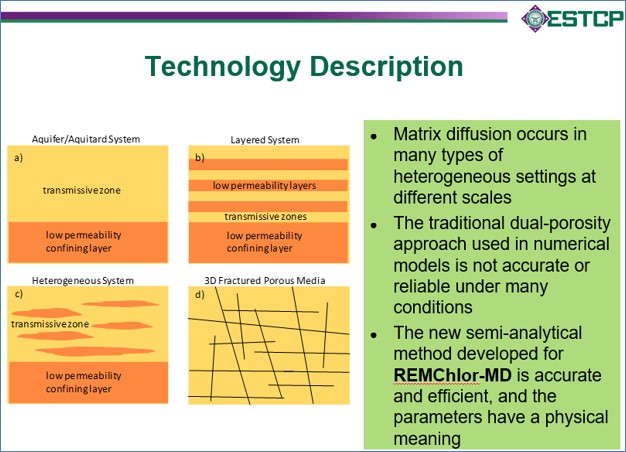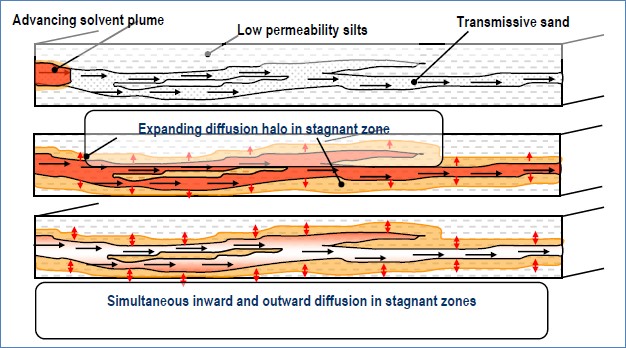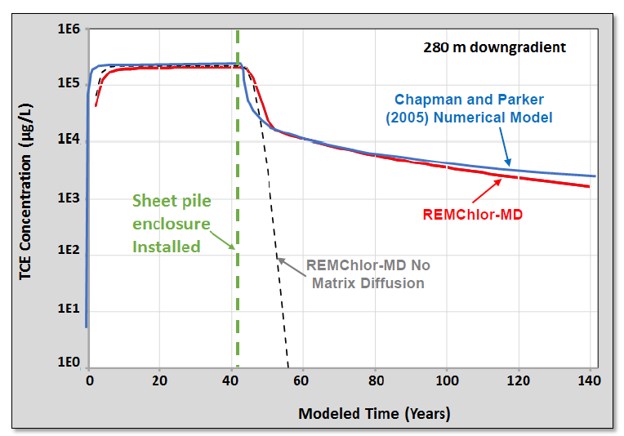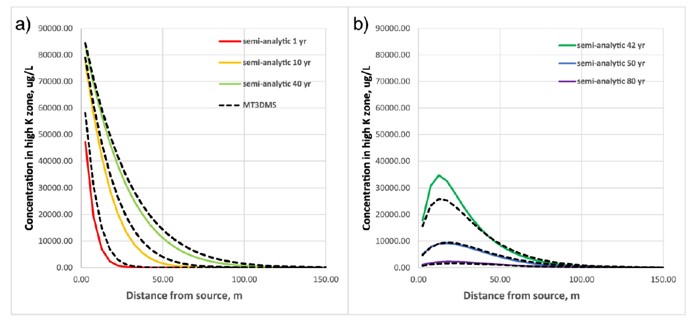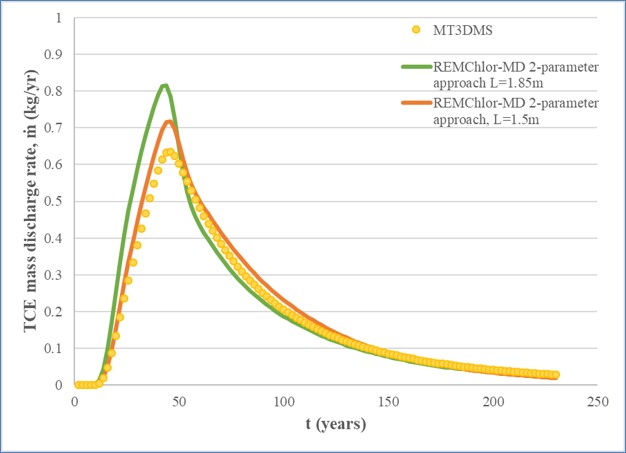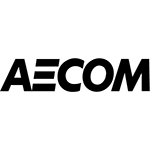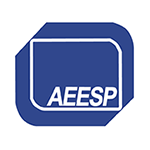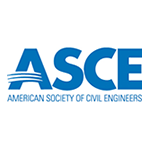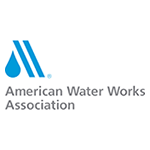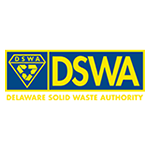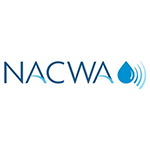- Home
- Contact Us
- News & Events
- Awards
- AAEES Awards Criteria
- 40 Under 40 Recognition Program
- Edward J.Cleary Award
- Excellence in Environmental Engineering and Science Education
- Gordon Maskew Fair Award
- Honorary Member
- International Honorary Member
- Ralph and Joe Bales Graber Science Award
- Stanley E. Kappe Award
- Environmental Communications Awards Competition
- Excellence in Environmental Engineering and Science Competition
- The AAEES Chapter Blue Marble Award
- Resources
- AAEES Microcredentials
- AAEES Press Releases
- AAEES Website How To VIdeos
- Environmental Engineer and Scientist
- Environmental Engineering Body of Knowledge
- PFAS Resources
- Specialty Examination Guide
- Students and Young Professionals Resources
- Who's Who in Environmental Engineering & Science®
- Leadership Opportunities
- Membership
- Donate
- Jobs
2020 Excellence in Environmental Engineering and Science® Awards Competition Winner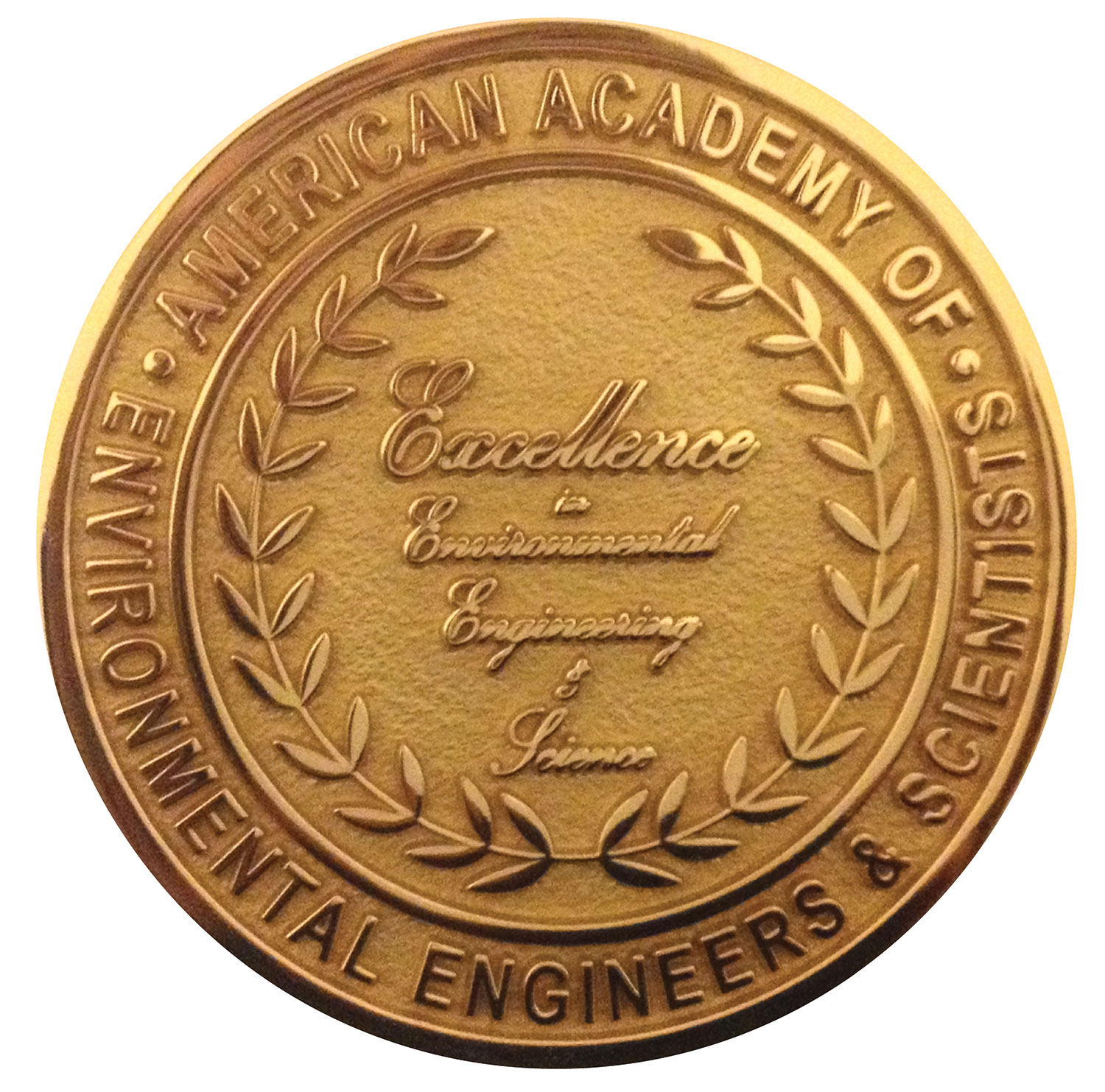
Honor Award - University ResearchREMChlor-MD Groundwater Containment Transport and Remediation Computer ModelEntrant: Ronald W. Falta, Ph.D. Entrant Profile 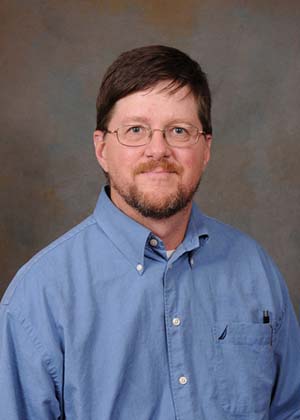
Dr. Falta's primary teaching and research interests are in hydrogeology, contaminant transport/remediation, and multiphase heat and fluid flow in porous media. His research projects have largely focused on environmental remediation of hazardous waste sites, geologic sequestration of carbon dioxide, and mathematical modeling of contaminant transport and remediation. Dr. Falta earned his B.S. and M.S. degrees in Civil Engineering and his Ph.D. in Material Science & Mineral Engineering from the University of California at Berkeley. Dr. Falta is internationally recognized for his research on modeling of contaminant fate and transport. He created the widely used software Remediation Evaluation Model for Chlorinated Solvents (REMChlor). REMChlor has been used extensively by practitioners and as such has had a major impact on the groundwater remediation community. Most recently, Dr. Falta has developed a new mathematical method to incorporate the effects of matrix diffusion on predicting the behavior of groundwater contaminant plumes. The updated model is entitled REMChlor-MD, and it is available free of charge from the Department of Defense Environmental Security Technology Certification Program (ESTCP). REMChlor-MD is the project under consideration for the AAEES University Research Award. Dr. Falta has collaborated on REMChlor-MD with colleagues at GSI Environmental Inc. (Drs. S. K. Farhat and C. J. Newell), the U.S. Environmental Protection Agency (K. Lynch), and several Clemson University graduate students (N. Muskus, W. Wang). Project DescriptionGroundwater has been contaminated at thousands of sites around the world as a result of leaks and spills of hazardous materials. These primary sources of contamination are often referred to as source zones, and they can lead to extensive dissolved contamination plumes. Secondary sources of contamination, such as dissolved chemicals in low permeability zones result in plume persistence and limitations for plume remediation. The process of matrix diffusion has emerged as a primary cause of plume persistence during remediation efforts. Matrix diffusion is the process of mass transfer of solutes between high permeability zones and surrounding low permeability zones due to a concentration gradient. This process is known as forward diffusion when the transport is from high to low permeability zones. Forward diffusion takes place during a "loading period", usually when contaminants reach the aquifer. After the contaminant source has been removed, the concentration gradient reverses and diffusion goes from low to high permeability zones, resulting in back diffusion. Therefore, low permeability zones act as contaminant sinks first and later serve as contaminant sources to transmissive zones with flowing groundwater due to matrix diffusion. Back diffusion of contaminants from low permeability areas can result in plume persistence and severe limitations in remediation. There are analytical solutions available to model matrix diffusion, but they are constrained to simple geometries corresponding to ideal cases. Numerical simulations studies of matrix diffusion have shown the ability to reproduce the transient matrix diffusion effects. However, it has been demonstrated that very fine discretization is required in order to reproduce the diffusive fluxes at the high permeability/low permeability interfaces, often controlled by concentration gradients at the scale of centimeters or less. High resolution grids result in an excessive computational effort that makes it impossible to use this approach for 3-dimensional field scale problems. A new, practical modeling approach for simulating field-scale groundwater matrix diffusion has been developed and implemented in the contaminant transport model REMChlor- MD. REMChlor-MD incorporates a semi-analytical/numerical method for modeling matrix diffusion in heterogeneous and fractured groundwater systems. The new matrix diffusion method allows for the low permeability matrix to be embedded within a numerical gridblock, having finite average thickness, a specified volume fraction and a specified interfacial area with the high permeability domain. The new formulation also allows for coupled parent-daughter decay reactions with multiple species that each have independent retardation factors, decay rates, and yield coefficients in both the high and low permeability parts of the system. The method uses a dynamic fitting function to approximate the transient concentration profile in the low permeability part of each gridblock at each time-step so that the matrix diffusion flux into or out of the high permeability part of the gridblock can be computed as a concentration dependent source-sink term. This semi-analytic approach is extremely efficient because the only unknowns in each gridblock are the concentrations in the high permeability domain, so there is practically no increase in computational effort compared to a conventional groundwater transport simulation. The matrix diffusion method has been shown to compare well with an analytical solution for matrix diffusion in fractured media with parallel fractures, with an analytical solution for matrix diffusion with parent-daughter decay reactions, with laboratory experiments of matrix diffusion in a layered system, with a laboratory experiment involving lens shaped inclusions, and with fine grid numerical simulations of transport in highly heterogeneous systems. The new REMChlor-MD capability allows site managers and stakeholders to quickly assess the likely impacts of different source and plume remediation schemes (including natural attenuation) with a comprehensive treatment of matrix diffusion effects. This will reduce overall costs of remediating these sites, and it will help ensure that limited resources for site remediation are used most effectively. The REMChlor-MD program is available free of charge from the Department of Defense Environmental Security Technology Certification Program (ESTCP) website: https://www.serdp-estcp.org/Program-Areas/Environmental-Restoration/Contaminated-Groundwater/Persistent-Contamination/ER-201426. Click images to enlarge in separate window. Click here to return to the list of 2020 winners. |



